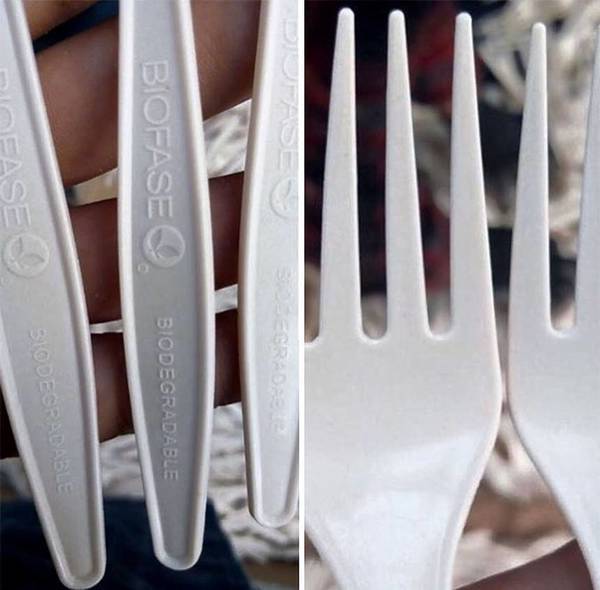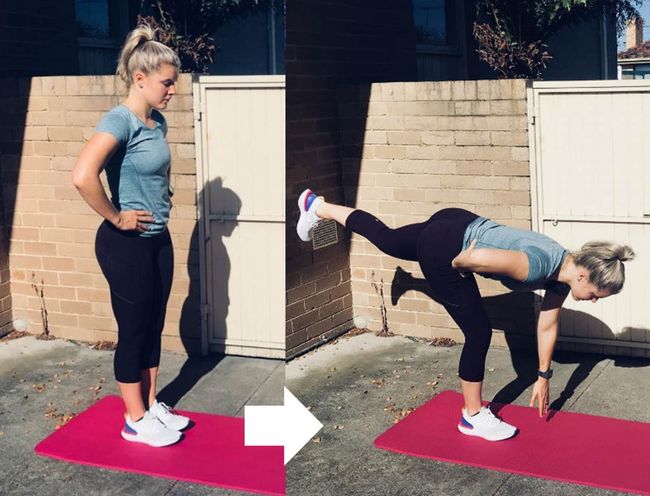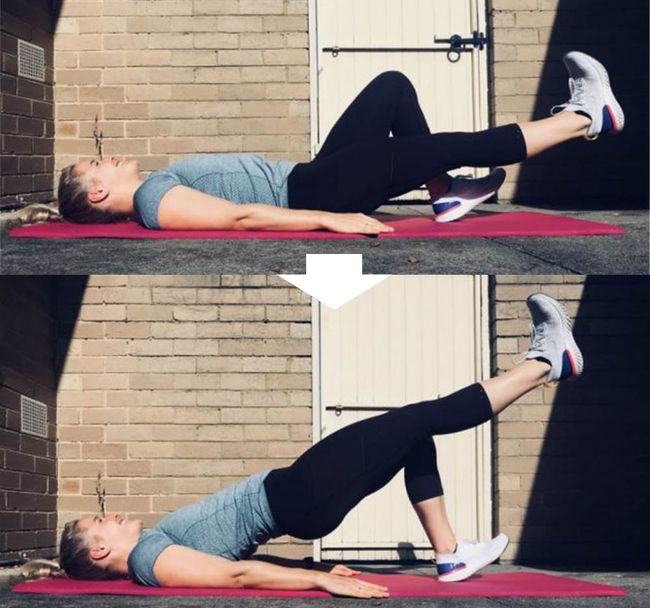Fun fact: Did you know that men have a slightly higher chance of developing diabetes compared to women? This is according to the Centers for Disease Control and Prevention.
This means that if you have the Y chromosome (yes, I’m referring to you men/guys), it’s important to know more about diabetes symptoms in men. Many of them are similar for both genders. However, there are a few things that are specific to men.
Also, if you’re itching to know why there’s a photo of Tom Hanks in this article, read on! I promise you, there’s a good reason.
Diabetes Symptoms in Men (and women)
No matter if you’re a man or a women, there are 4 key symptoms of undiagnosed diabetes mellitus that you need to watch for:
1. Increased Thirst. You may notice that you constantly feel thirsty, and always searching for a drink (I don’t mean alcohol). You find yourself needing to drink large amounts of water to quench the thirst – beyond typical for a normal adult which is about 2 litres a day.
2. Frequent urination. You go to the toilet to pee very often in the day, even several times an hour. At night, you may wake up multiple times to go to the bathroom, and it affects your sleep.
3. Lethargy/Lack of energy. You notice that you have been feeling increasingly lethargic over the past few months. You don’t have the energy you used to have before, and tire out easily even after simple activities.
4. Weight Loss. You realise that you’ve been losing weight quite rapidly over the past few months. This is particularly significant for young adults, in whom Type 1 diabetes is more common. For men, this also includes experiencing a sudden loss of your muscle mass and an overall reduction in your body strength.
Image credits: http://www.diabeteszone.org/
The reason why you may experience these symptoms is because when you have diabetes, your blood glucose levels are abnormally high. Your kidneys need to work extra hard to absorb the extra sugar. Beyond a certain point, the extra sugar is lost through your urine, taking with it additional water. Hence you feel thirsty and go to the toilet often.
Because you’re losing calories from the excreted sugar and the sugar in the blood stream is not able to go into your cells to power them, you may feel fatigued and even experience some weight loss.
What is diabetes and how does it affect me?
Diabetes is a chronic disease and is medically defined by having abnormally high blood glucose (sugar) levels in the body. This may be due to lack of insulin (in Type 1 diabetes, usually in younger patients), or due to a combination of lack of insulin production and increased resistance to insulin in the rest of the body’s tissues (in Type 2 diabetes, usually older patients). Insulin is an important hormone produced by the pancreas that allows glucose to enter our cells from the bloodstream. Our cells use glucose as a source of energy.
Persistently high blood glucose levels can damage the blood vessels in many organs, leading to heart disease, stroke, amputations, blindness and kidney failure. That’s why diabetes can be a fearful disease if you don’t manage it well.
Can diabetes symptoms in men affect me sexually?
Besides everything that I’ve mentioned about, there are other specific diabetes symptoms in men, that may arise as complications of diabetes. These include:

1. Erectile dysfunction.
Erectile dysfunction is the difficulty achieving or maintaining an erection. If you have diabetes, you are 2 – 3 times more likely to have erectile dysfunction compared to men who are well; or experience the problem 10 – 15 years earlier. There is also research that suggests that erectile dysfunction may be an early marker of diabetes, particularly in younger men.
This happens because constantly high levels of sugar in the blood stream can damage the blood vessels of the penis, or the blood vessels supplying the nerves to the penis. When the blood vessels and nerves are damaged, the blood flow to the penis is significantly reduced, resulting in erectile dysfunction. Other causes of erectile dysfunction include smoking, heart disease, high blood pressure and high cholesterol levels.
If you have this symptom, you’re not alone. In fact, the prevalence of erectile dysfunction rises with age, and rises to over 70% of men over the age of 70. Interestingly, a study by John Hopkins University found that people with diabetes had increased levels of a particular simple sugar that interferes with the events needed to achieve and maintain an erection.
Consider talking with your doctor if you have this symptom. He will review your past history, do a physical examination and may run some tests to find out the cause of your problem. There are a variety of treatments for this – which can include oral medications (such as Viagra), vacuum pumps, penile implants and even surgery.
2. Retrograde Ejaculation

Have you noticed that minimal semen is discharged during ejaculation? Or you produce cloudy urine after an orgasm? You may have a condition called retrograde ejaculation. Basically, this means that during ejaculation, the semen passes into the urinary bladder instead of out through the tip of the penis. This can be easily diagnosed by analysing a sample of urine for the presence of semen.
This happens because the muscles in part of the male urinary tract (urethra) are not working normally to direct the flow of semen in the right direction. High blood sugar levels in diabetes is one of the causes of retrograde ejaculation. Other causes include previous urological surgery.
It would be advisable to see a doctor for further evaluation, if you experience one of these diabetes symptoms in men. Generally, retrograde ejaculation doesn’t need formal treatment unless fertility is a problem. Treatment options may include medications that help keep the bladder neck muscle closed during ejaculation – however these only work if the problem is caused by nerve damage, such as in diabetes.
3. Urinary problems
This includes both difficulty in urination, as well as an increased urge and frequency of urination. The bladder may become overly active, or the muscles of the bladder may become too weak to completely empty the bladder. This is caused by damage to the nerves due to high blood sugar levels in diabetes. This can significantly affect your quality of life, and can also predispose you to urinary tract infections which will require treatment with a course of antibiotics.
When you see your doctor for this issue, he may order some tests to check your bladder function, such as x-rays, uroflow testing or cystoscopy (where a small camera is used to view the inside of the bladder). Treatment will depend on the exact cause of the nerve damage, and should be discussed with your doctor in detail.
What should I do?
Don’t worry. The first thing you should do if you have these symptoms is to make an appointment to see your doctor. He or she may suggest that you get a screening test done. This is a simple blood test (fasting blood glucose, or HbA1c) that can tell you if you’re likely to have diabetes. Your doctor will also do a thorough check to look for other causes of your symptoms, and refer you to a urologist for further evaluation if needed.
How do I prevent or treat these problems?
The most important thing you can do is to keep your blood sugar levels in control. This will significantly reduce your risk of developing the symptoms and complications above.
Eating healthily, exercising more and taking your medications as prescribed by your doctor are important things you can do, even today.
This includes:
- Taking more fruits and vegetables, and less refined carbohydrates such as white rice and white bread
- Avoid low-nutrition, high-sugar foods like soft drinks, sweets and certain desserts
- Maintaining a healthy weight through portion control and reducing intake of unhealthy fats
- Having a regular exercise schedule, ideally reaching 150 minutes of moderate activity per week (or 30 minutes a day, 5 days a week). This is the level recommended by the American Heart Association
Here are 3 easy-to-read articles that will help you get started in the right direction:
And for the erection and sexual problems, you should see your doctor to discuss treatment options. This may include:
- Having a medication review with your doctor to ensure that you’re getting the right treatment for your condition.
- Reviewing if there are psychological causes for the condition
- Reducing your alcohol intake (alcohol is a known sexual depressant)
As an end note, you should know that diabetes is a relatively common disease, and it can happen to anyone – even famous male celebrities. Did you know that Tom Hanks and George Lucas both have Type 2 diabetes? Tom Hanks in particular has been very candid and open about his struggle with the condition, and even called himself a ‘total idiot‘ in dealing with his condition initially.
Conclusion
To summarise, it’s important to recognise what some of the diabetes symptoms in men are, so that you can take the right steps to prevent it. even if you have diabetes, you can still live a good, healthy life by managing your condition well.
You can do this by eating right, exercising more and taking your medications as prescribed. This will reduce your risk of developing some of the nasty complications and diabetes symptoms in men, such as erectile dysfunction or urinary problems.
Please share this post with your family and friends if you found this useful!








